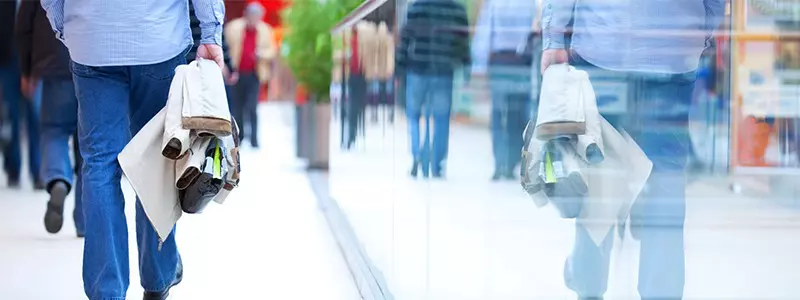Workplace Operation Benefits by Using AI Video Analytics
Video analytics is a key component of Smart Monitoring. The recent development of video analytics with artificial intelligence has drastically improved its performance. It now helps to monitor adherence of safety rules, optimize work processes by providing real time notifications, and support business decisions.
Utilising AI for Safety Compliance

Safety requirements for workplace operations have drastically changed since the COVID-19 pandemic. Wearing masks, social distancing and sanitizing hands have become standard requirements at workplaces and are likely to stay for long term. These requirements are new scenarios, one that was not of interest for the Smart Monitoring industry before the pandemic struck. With machine learning, new algorithms developed in video analytics have made monitoring of compliance for such scenarios possible.
Machine learning is part of AI that is achieved by feeding the video system with compliance and non-compliance video samples. The AI system is ‘trained’ to formulate new algorithms that can differentiate between the two scenarios. The capability to autonomously differentiate the scenarios is called detection. When a satisfactory level of detection accuracy can be attained, the system is said to be trained to detect the new scenario.
AI-driven video systems can now flag out non-compliance for not wearing masks, failure to keep social distancing, and actions of hand sanitizing. With the same machine learning capabilities, the system can monitor other safety compliances. For example, trained video analytics can detect if a worker present at a construction site has put on a helmet and safety boots as part of the personal protective equipment (PPE) requirements.
Operation Flow Optimization in Logistics

Compared to other sectors, e-commerce businesses are enjoying a boom during the pandemic with many staying home due to social distancing measures. At the same time, this has posed challenges to logistic and warehouse operations, more notably congestion at warehouse loading bays. Taking a closer look, the congestion can be reduced if the goods receiving process at the loading bay can be executed in a timely manner. Further, the issue is also attributed by the availability of authorized personnel to receive goods when shipments arrive at the bay.
Smart Monitoring identifies vehicles on videos from IP cameras using license plate recognition (LPR) algorithm. When a camera with LPR is installed to monitor the loading bay, trucks that arrive are identified and notifications are sent to stakeholders including the personnel authorized to receive the goods.
With such timely alerts on their mobile devices, the personnel only need to attend to the goods when trucks arrive. Such timely clearance for goods receiving optimizes loading occupancy and hence eases up the traffic congestion at the loading bay.
The above is just one example of how Smart Monitoring can streamline one aspect of logistics and warehousing operational workflows. Processes such as manpower deployment, goods movement across warehouse and packaging can also be improved with the help of AI-driven video analytics.
Resource Deployment Decision Making Support

Smart Monitoring also allows for data collection that can be used for intelligence to support business decisions. Retailers can leverage data collected from video analytics to visualize in situ conditions which can help to establish insights for improvement.
For example, at retail stores, video analytics can automatically count store footfall on a specific day and time. Based on data collected over a certain period, store managers can visualize trends, and identify peak and non-peak periods at each outlet. This allows them to better deploy their manpower to ensure sufficient staff are present to accommodate visitors in each outlet and maintain quality of service while avoiding excessive staff during non-peak periods.
If you want to know how you can optimise your business operations with Smart Monitoring capabilities, reach out to our specialists at Konica Minolta today!